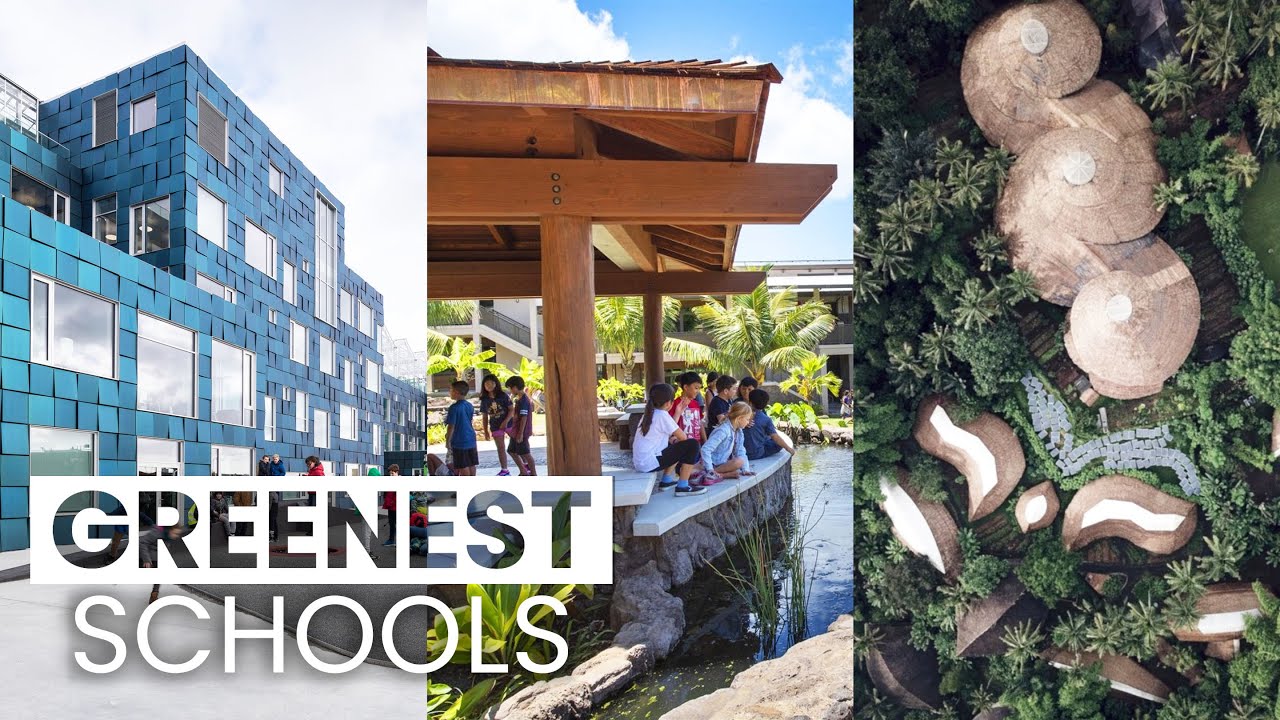
The Economics of Going Green: Is It Feasible for All Schools? Sustainability and environmental consciousness have become increasingly important topics in today’s world. As the global community grapples with the challenges of climate change and resource depletion, institutions of all kinds are being called upon to consider their environmental impact and explore ways to operate more sustainably. In the realm of education, schools play a crucial role in shaping the attitudes and behaviors of future generations towards the environment. This raises the question: Is it feasible for all institutions to adopt green practices and incorporate sustainability into their operations?
The Case for Sustainability in Education
In recent years, there has been a growing recognition of the importance of sustainability in education. Schools are not only places of learning but also influential hubs that can instill values of environmental stewardship in students. By incorporating sustainability into the curriculum and daily operations, schools can not only reduce their ecological footprint but also empower students to become responsible global citizens. However, the question of feasibility looms large, especially for institutions with limited resources and funding.
Challenges and Opportunities
Exploring the feasibility of going green for all institutions requires a nuanced understanding of the challenges and opportunities involved. While larger, well-funded schools may have the resources to invest in renewable energy systems, green infrastructure, and eco-friendly practices, smaller institutions with tighter budgets may struggle to make similar commitments. Additionally, the lack of awareness or buy-in from stakeholders can hinder efforts to implement sustainable initiatives.
Cost Considerations
One of the primary concerns when considering the feasibility of sustainability initiatives in institutions is the cost involved. While going green may lead to long-term cost savings through energy efficiency and reduced waste, the initial investment required can be prohibitive for some schools. Balancing the financial implications of going green with the long-term benefits is crucial for decision-makers in educational institutions.
Strategies for Implementation
Despite the challenges, there are several strategies that institutions can adopt to make sustainability a reality. Collaborating with local communities, leveraging government incentives, and engaging students and staff in green initiatives are just a few ways in which schools can overcome barriers to sustainability. By fostering a culture of environmental responsibility and innovation, institutions can create lasting change that benefits both the planet and future generations.
Educational Initiatives
Integrating sustainability into the curriculum is a powerful way for schools to educate students about environmental issues and inspire them to take action. By incorporating topics such as climate change, renewable energy, and conservation into lesson plans, educators can equip students with the knowledge and skills needed to become environmental advocates. This not only benefits the school community but also contributes to a more sustainable society at large.
Infrastructure Upgrades
Upgrading infrastructure to be more energy-efficient and environmentally friendly is another key strategy for institutions looking to go green. From installing solar panels and energy-efficient lighting to implementing water conservation measures, there are numerous ways in which schools can reduce their environmental impact and operating costs. While the upfront costs may be significant, the long-term benefits in terms of sustainability and savings can outweigh the initial investment.
Conclusion
In conclusion, exploring the feasibility of sustainability for all institutions is a complex but crucial endeavor. While the economics of going green may present challenges for some schools, the long-term benefits in terms of environmental impact, student engagement, and cost savings make it a worthy pursuit. By adopting a holistic approach that integrates sustainability into all aspects of operations, institutions can pave the way for a more sustainable future for education and the planet as a whole.

